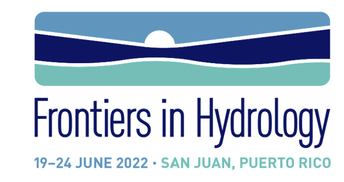 Sylvain Kuppel and I are inviting our colleagues to a workshop on "Connecting Water Ages and Biogeochemical Processes in Critical Zone Studies" at AGU's Frontiers in Hydrology Meeting 2022 in San Juan, Puerto Rico. We aim to bring scientists from different Earth Science background together to exchange ideas on how to improve hydrological studies on water ages to biogeochemical studies on nutrient or contamination transport. The workshop will take place on the afternoon of Sunday, June 19th and we will invite some panelists to give brief introductory presentations. Most of the 2 hours are planned for discussion in small groups.
0 Comments
The France-Berkeley Fund aims to support innovative research collaborations between universities or research institutes from Berkeley and France. As such, they decided to support a project on "Tracer-informed critical zone modelling to connect water ages with hydrological resources and solute exports" that Sylvain Kuppel and I had proposed. Our goal is to address these three research questions:
(1) How do spatially- and temporally- variable water ages of CZ compartments within the catchment relate to the observed dynamics of stream concentration-discharge (C-Q) relationships? (2) Which role does subsurface connectivity of heterogeneous flow paths play for water storage and fluxes? (3) How does this hydrological heterogeneity drive water-rock interactions and solute export on the sub-catchment scale? We will use the extensive data sets we gather within the DOE funded Watershed SFA in the East River, Colorado to inform the isotope enabled EcH2O-iso model. The storage and flux dynamics will then be coupled to the spatially-distributed chemical weathering model pyWITCH3D. We are preparing again a session for the AGU Fall Meeting 2021 on "Stable Isotopes in the Critical Zone: Methods, Applications, and Process Interpretations". Please submit your abstract before August 4th here. This year, the conference will take place in hybrid mode and one can access virtually or take part on side in New Orleans. The convener team will be Natalie Orlowoski, Scott Allen, und Elizabeth Olson. We are all looking forward to hear about your research and exchange ideas and findings.
Our manuscript on "Measuring and Modeling Stable Isotopes of Mobile and Bulk Soil Water" was selected for the Outstanding Paper Award, 2020 by the Vadose Zone Journal Editorial Board. The "article was selected based on how it has advanced knowledge in the profession, the effectiveness of communication, methodology, originality, and impact". All ASA, CSSA, and SSSA awardees were announced in the latest CSA news that can be found here. I am personally very happy to see that our work has made some impact and was well received by the community. The presented study is a great example for a successful collaboration where data and model code have been shared openly to gain new understanding in subsurface hydrological processes. The work was done within the EU-funded VeWa project and you can find more publications and info here.
Plant water stable isotopes had not been used widely to study plant water use across Northern environments. Doerthe Tetzlaff's EU funded VeWa project addressed this research gap and an inter-site comparison of five involved sites has now been published in Hydrological Processes (open access). We show how the sampled xylem isotopes compare to precipitation, groundwater, and soil water and discuss why there is often a mismatch between the plant water and their potential sources.
On August 3rd I started my position as a Earth Research Scientist at the Earth & Environmental Sciences Area of the Lawrence Berkeley National Laboratory. I will be working in the DOE-funded Watershed Function Project where we are investigating "how complex, multi-scale interactions can lead to a cascade of downstream effects on water availability, nutrient and metal loading, and carbon cycling" (Susan Hubbard, Watershed Function Project Lead). The study site of the project is located in the upper Colorado River with focus on the East River catchment. I am looking forward to be working with the interdisciplinary research group working on the Watershed Function Scientific Focus Area.
Also at this year's AGU Fall Meeting, we will offer a session on "Stable Isotopes in the Critical Zone: Methods, Applications, and Process Interpretations". The last years, the session was very well attended and had lots of interesting isotope research to offer. Make sure to submit your abstract by the End of July here. The AGU Fall Meeting will be held virtually this year and you can read all about it here. This said, you will be able to attend without the usual high costs of travelling and accommodation. Further, the conference fee will be about half the usual price, due to the online form. So, it'll be a great way to keep contact with each other, despite the difficulties during the Covid crisis. You can read here about experiences some hydrologists made during the EGU General Assembly that was held as a virtual conference. I hope to see many of you again for our isotope session!
Since I met Scott in November 2017, we discussed about the concept of "ecohydrologic separation", as introduced by Renée Brooks and colleagues in a Nature Geoscience paper in 2010. In early 2019, we decided to write our thoughts down in a commentary, which was now published in the journal Water Resources Research, titled: "What ecohydrologic separation is and where we can go with it". Our main messages are:
A) Isotope ratios of plant water should differ from water flowing in soils to streams & so we need to move beyond confirming this difference B) By focusing on dynamics of how water infiltrates into the subsurface & becomes available to plants we can better interpret past findings C) We discuss four aspects that should be considered:
A paper from the current collaboration with the Surface Hydrology and Erosion Research Group at IDAEA-CSIC, Barcelona, was recently published in a special issue on "Using water age to explore hydrological processes in contrasting environments" in Hydrological Processes. Under the lead of Francesc Gallart, we present a study on "Investigating young water fractions in a small Mediterranean mountain catchment: both precipitation forcing and sampling frequency matter" that highlights how sampling frequency and the rainfall dynamics impact estimations of the young (2-3 month) water fraction in the runoff. We found that this measure of young water fraction depends highly on the runoff dynamics with almost all runoff being young during the highest discharge events. Our findings, based on data from the Vallcebre Catchment in the Pyrenees, are for example relevant for inter-catchment comparisons based on estimated young water fractions, since the sampling design and the runoff responses should probably be considered in such approaches. A pre-print can be downloaded from researchgate and a final version can be requested via email if you do not have access to manuscripts published in Hydrological Processes.
We put together some material for online teaching that spans from technical aspects to hydrological content for classes. If interested, then look at the EGU HS blog post with several links that provide lots of information. Please add more resources to this post by using the commenting function.
|
Archiv
May 2022
Kategorien
All
|
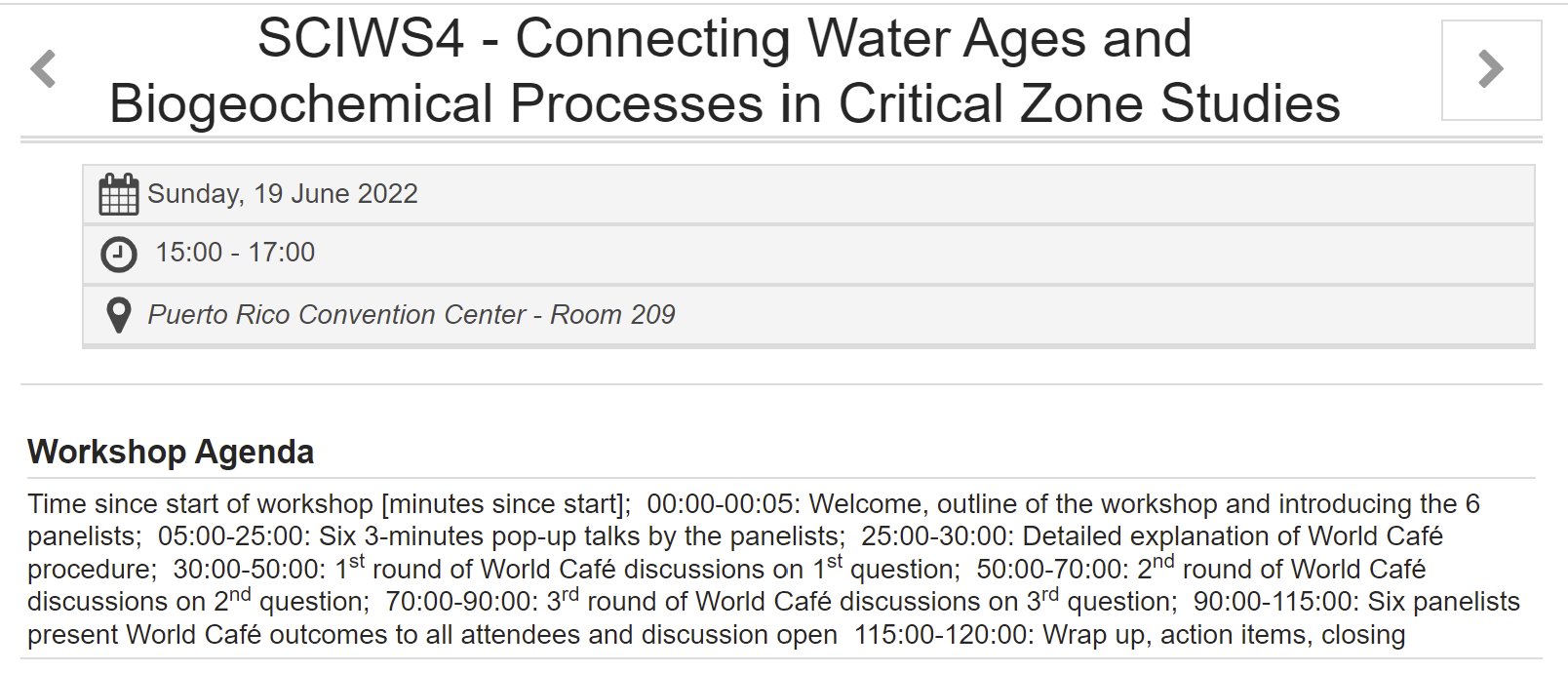
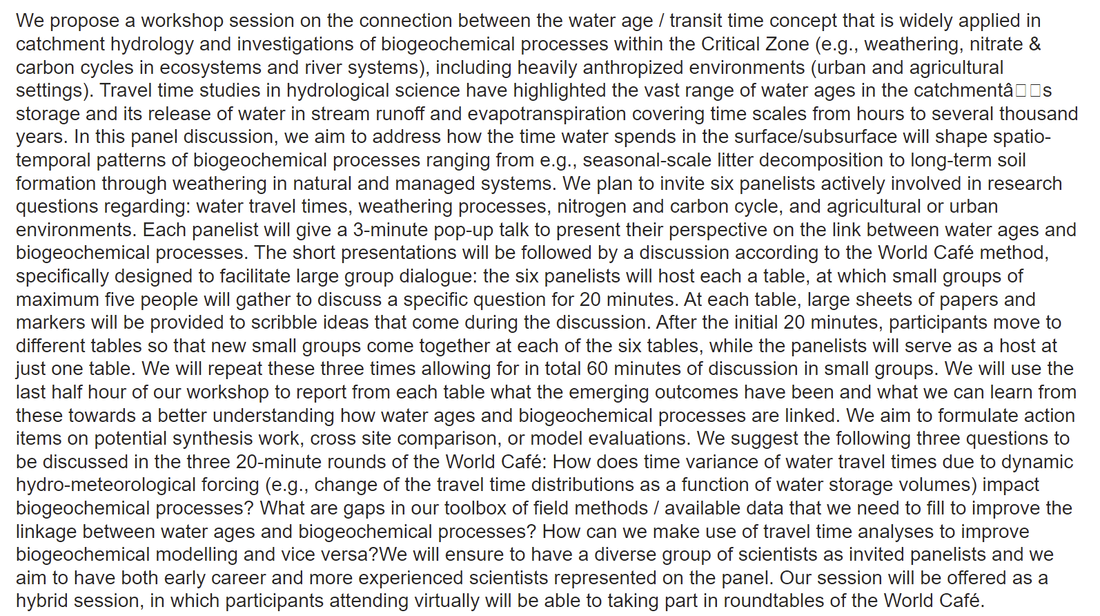
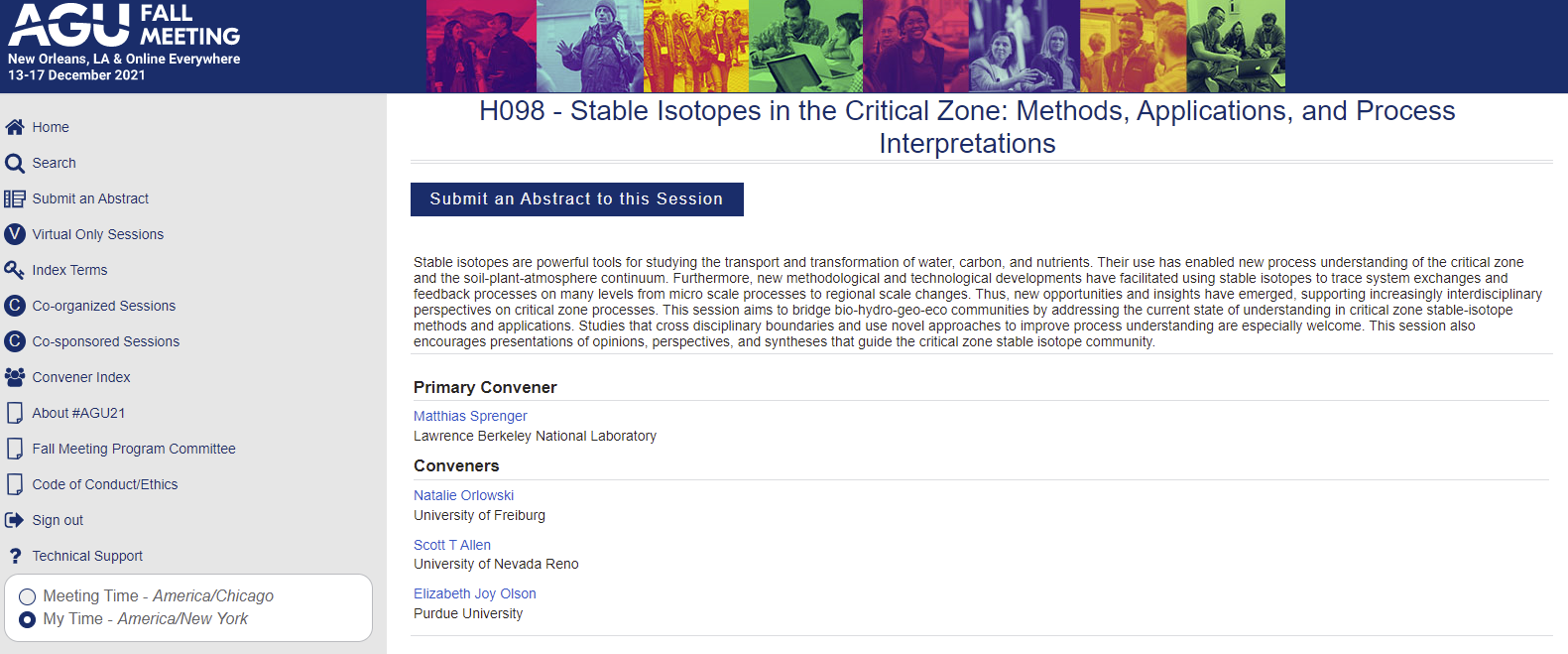


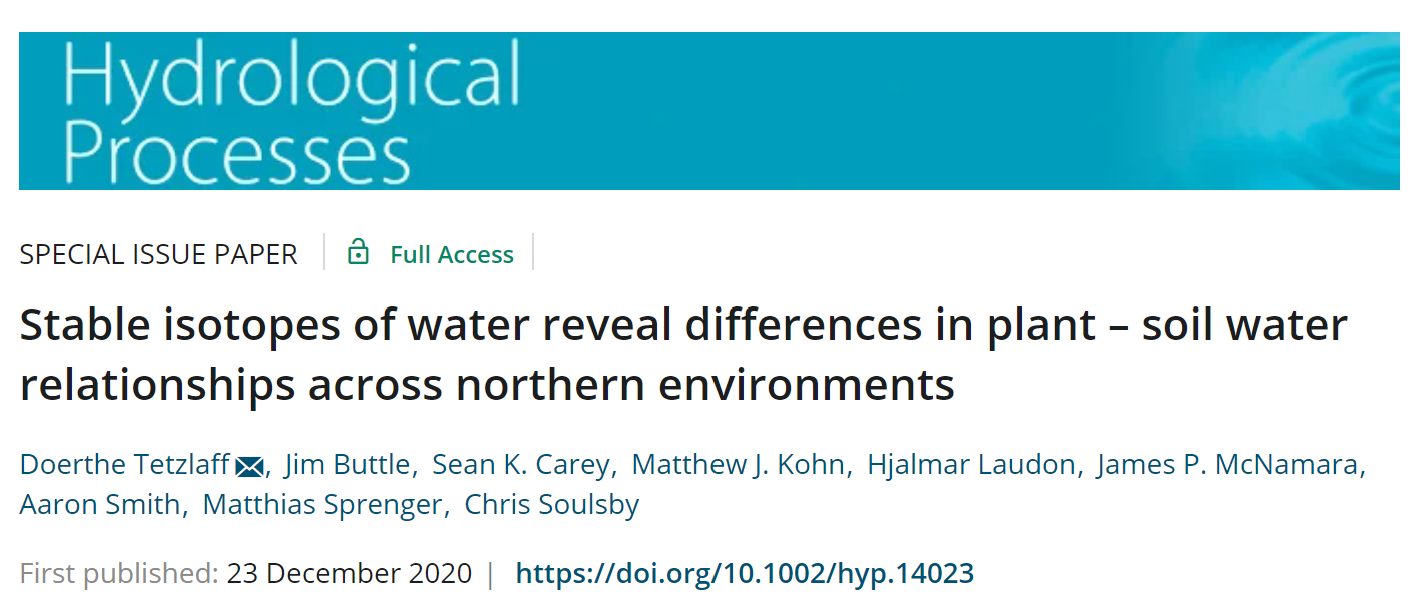
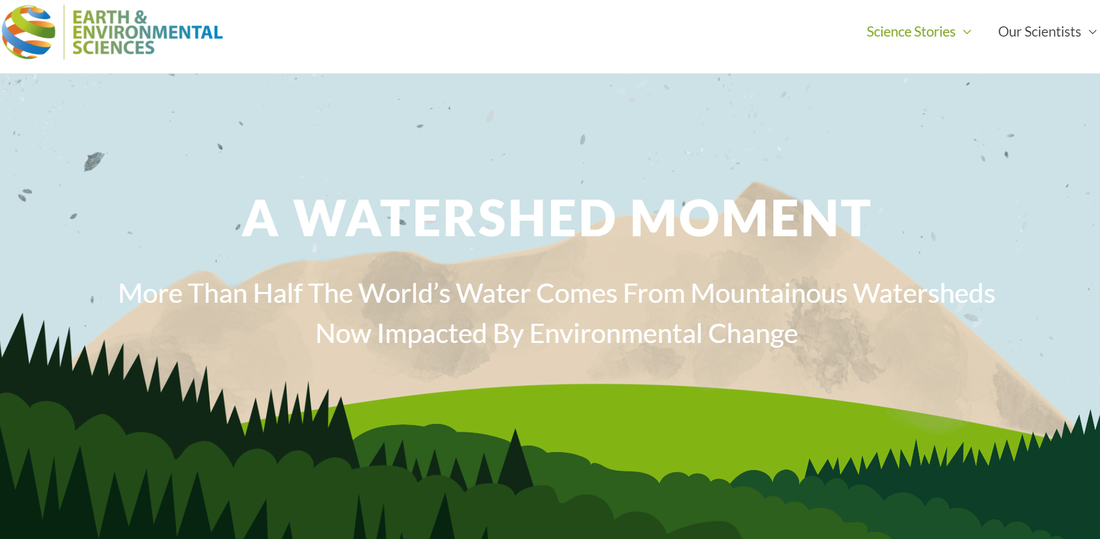
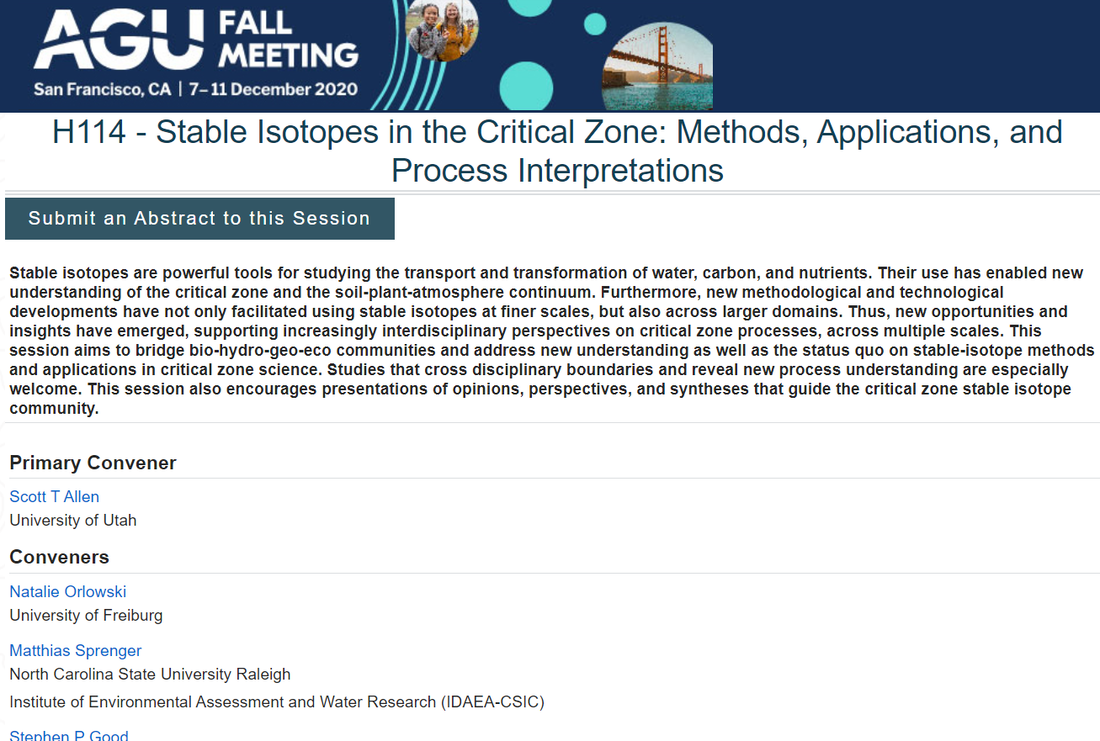
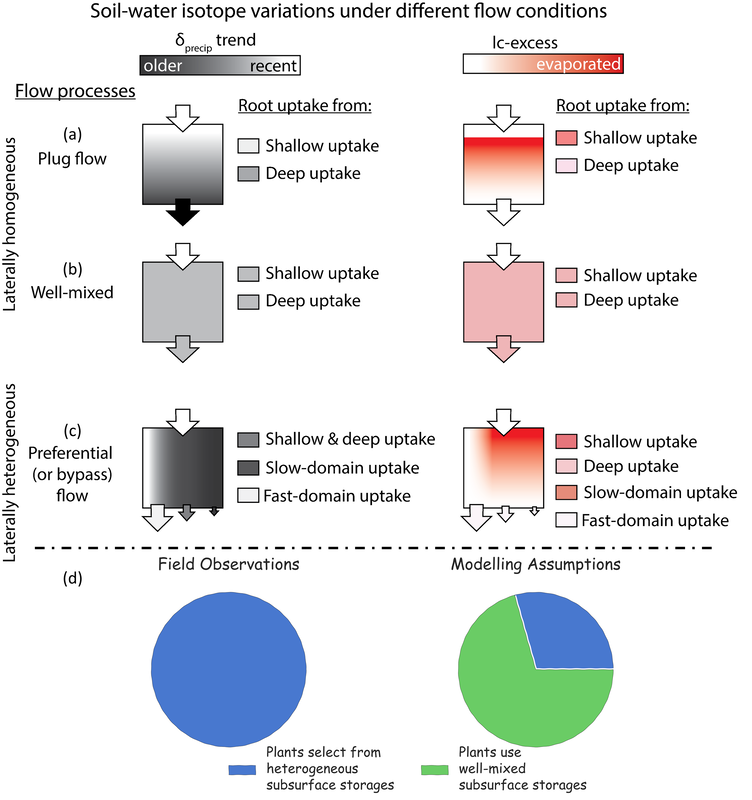
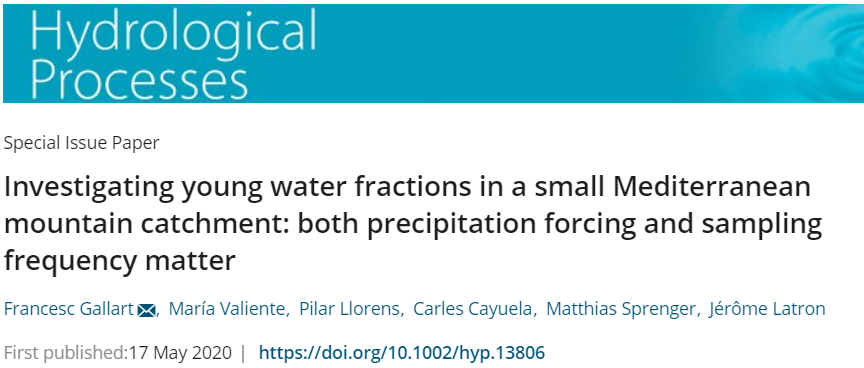
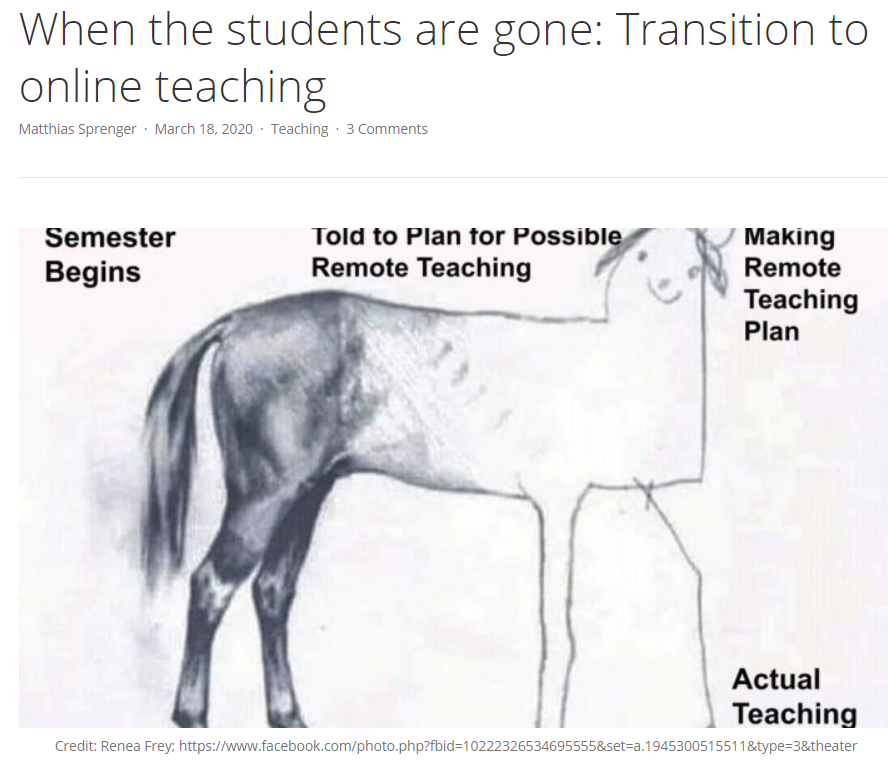
 RSS Feed
RSS Feed
